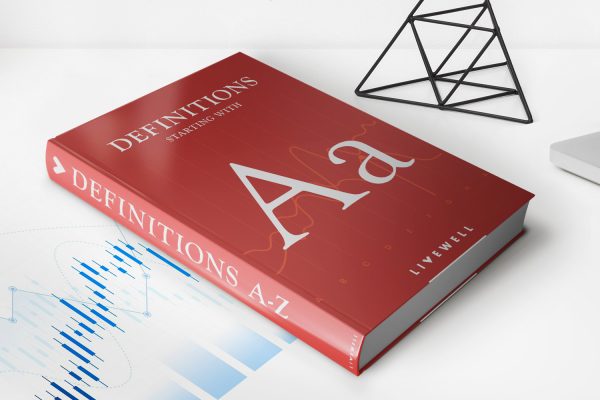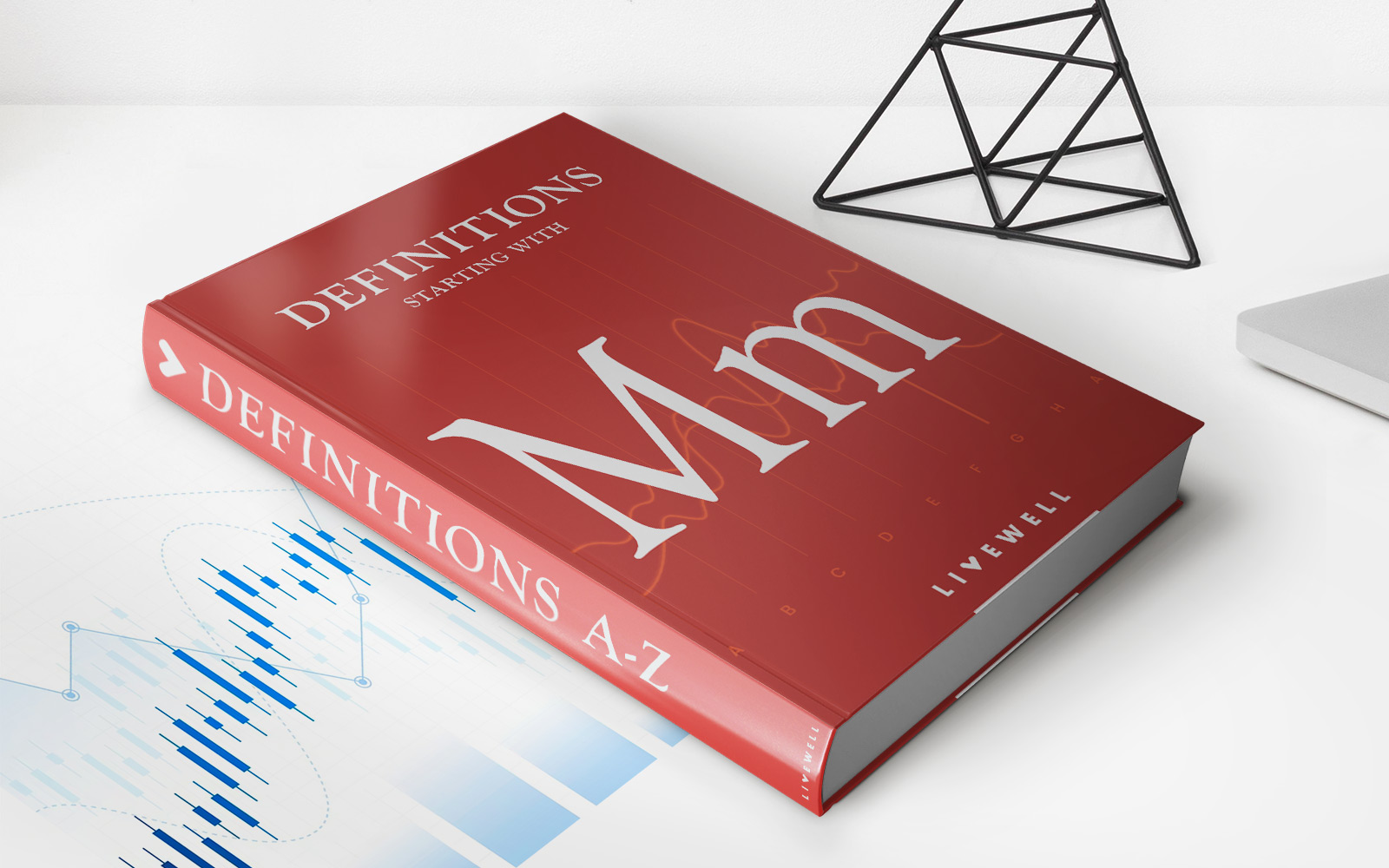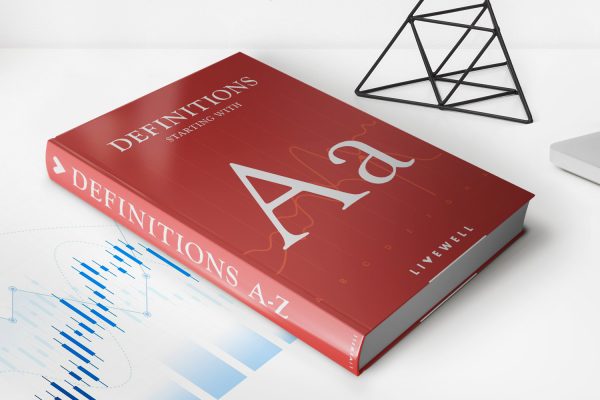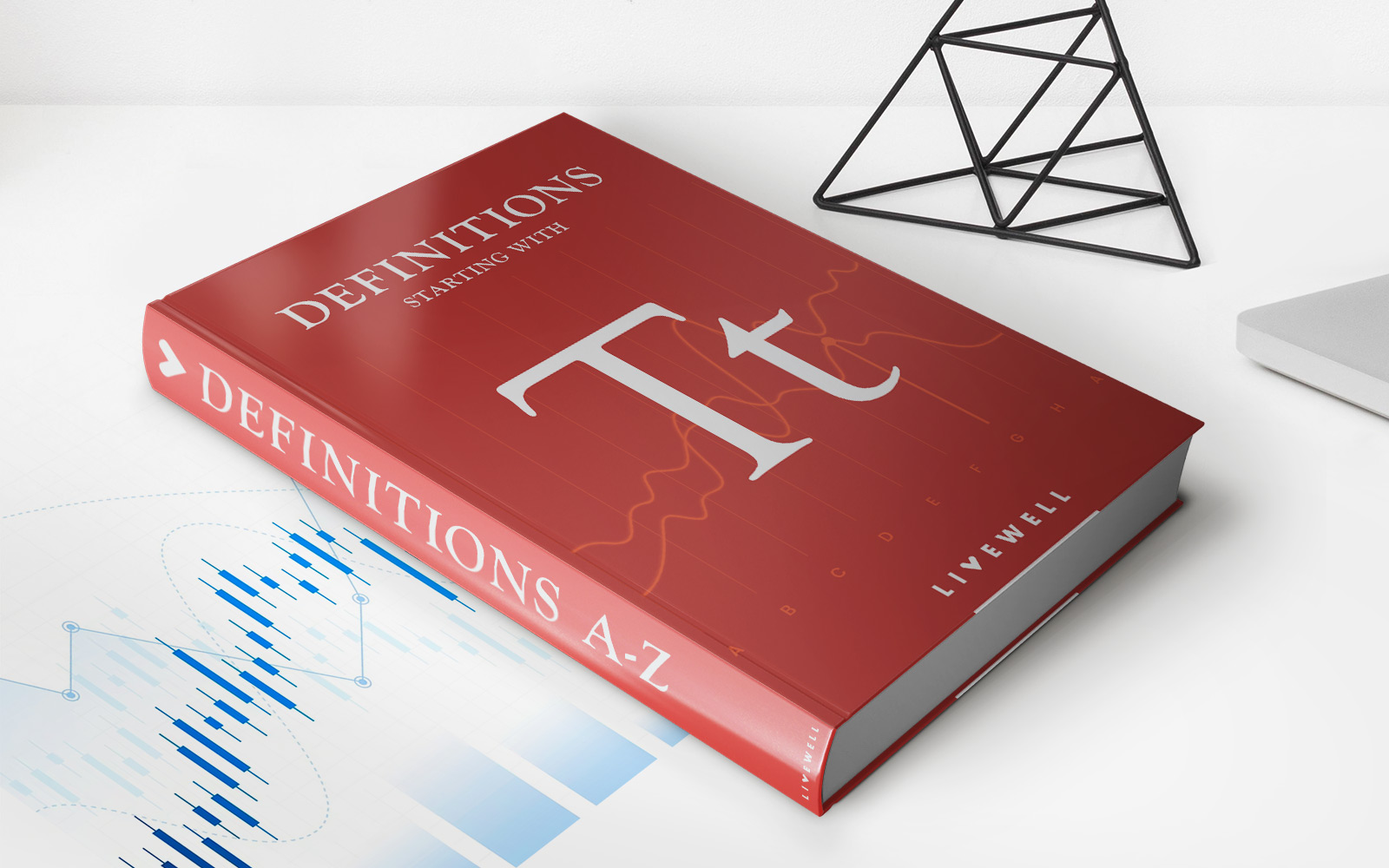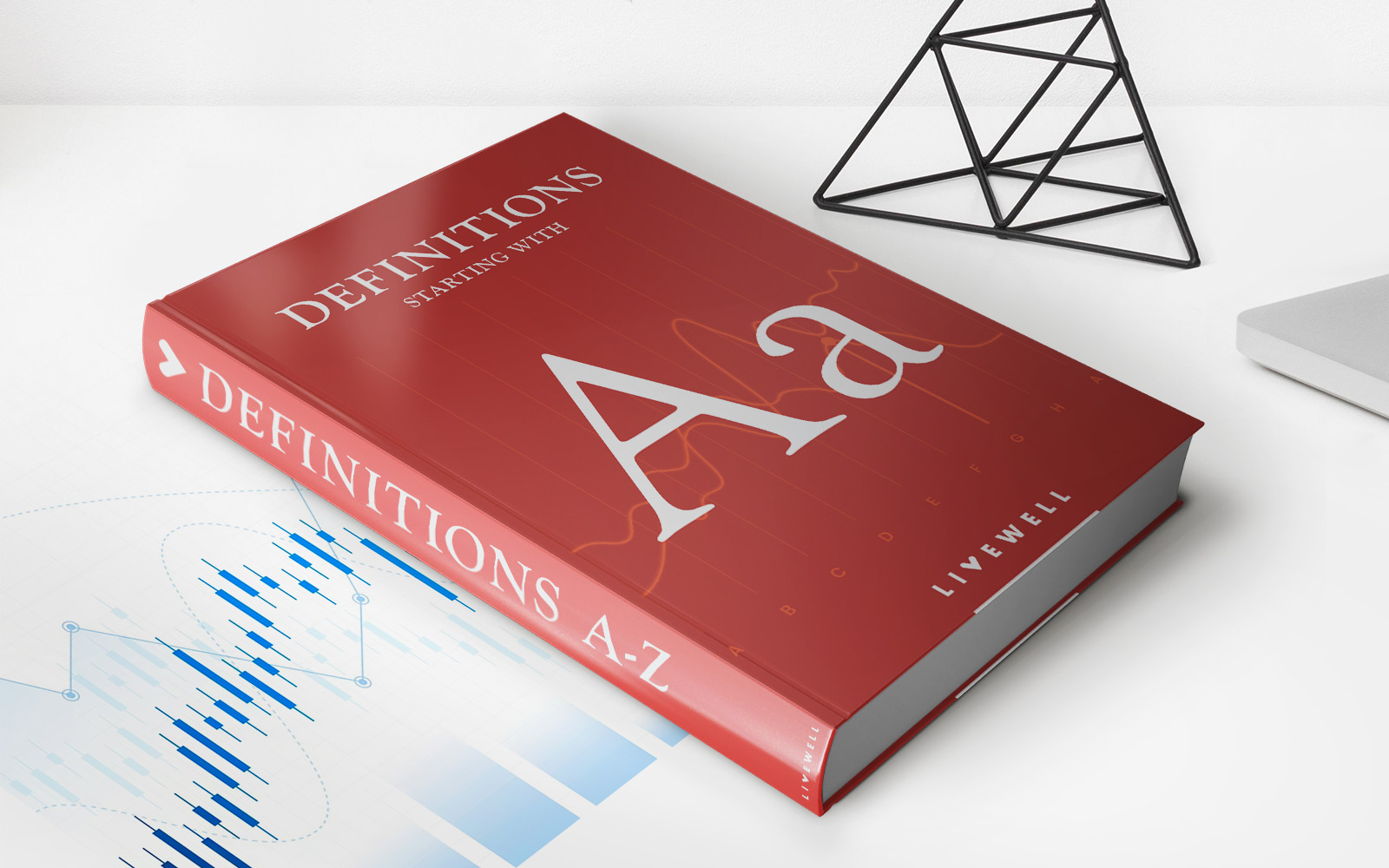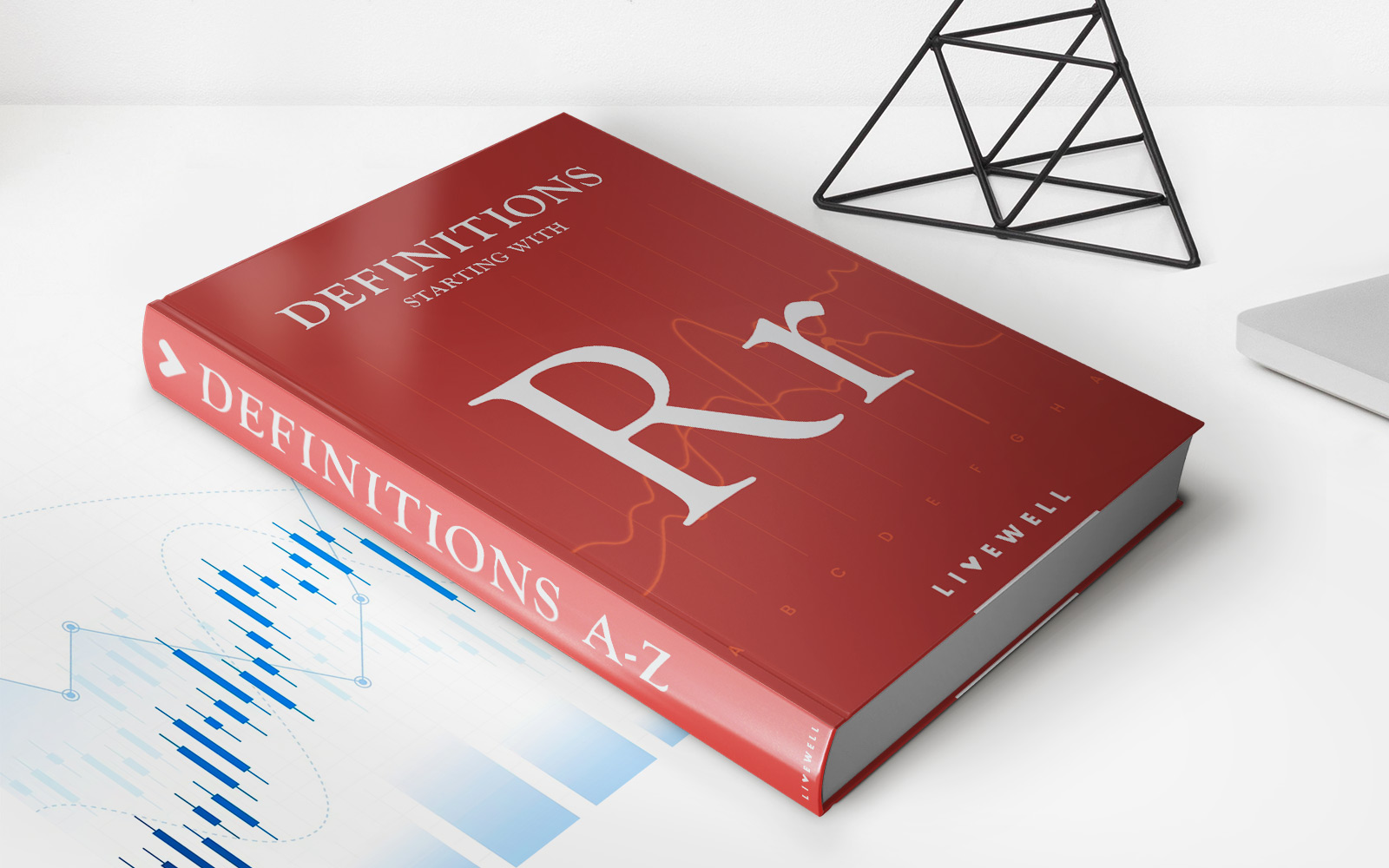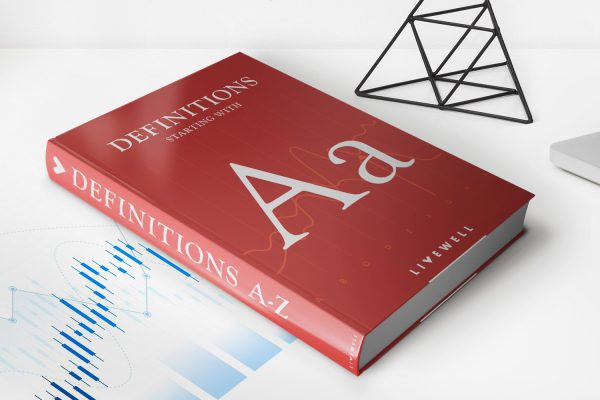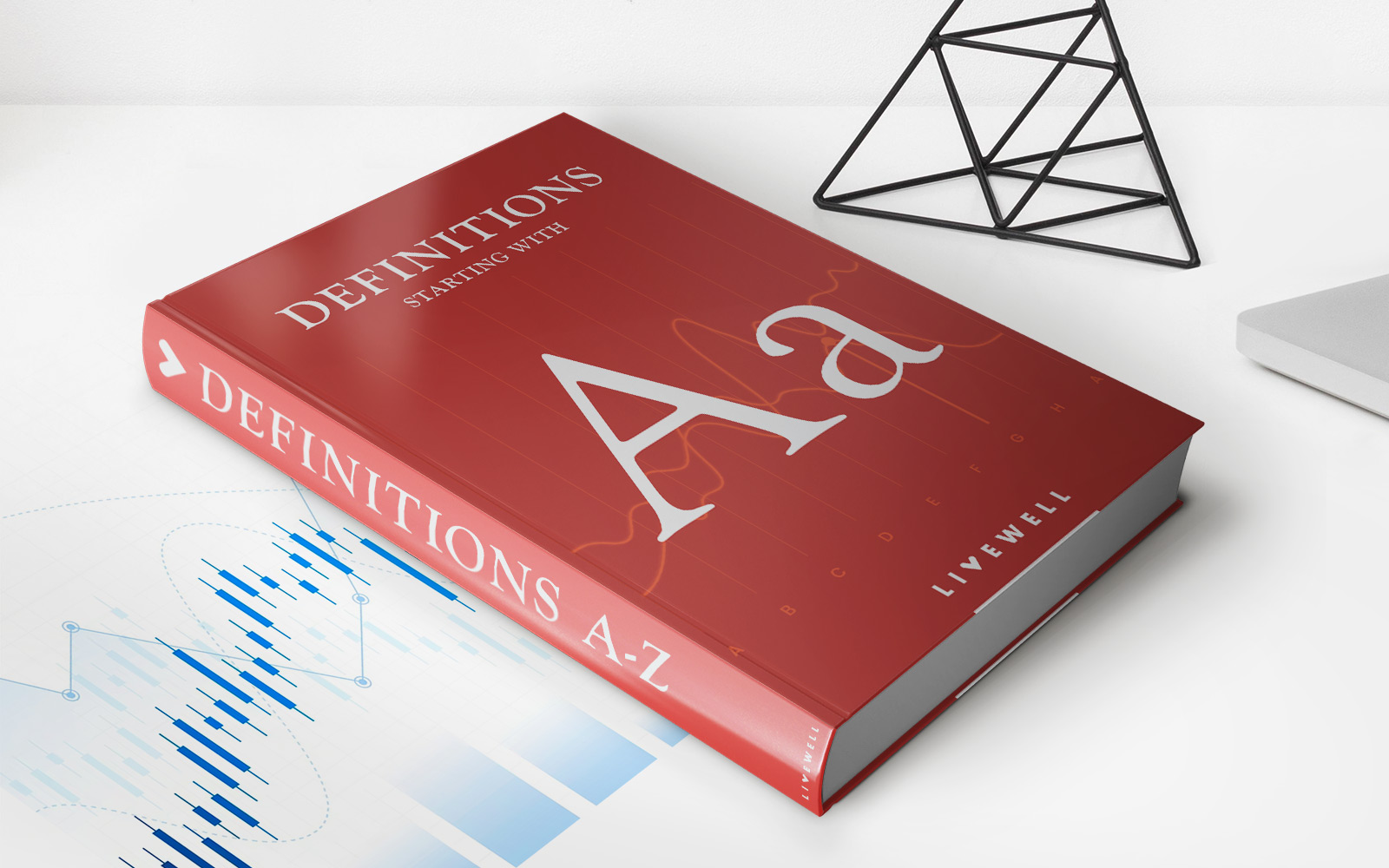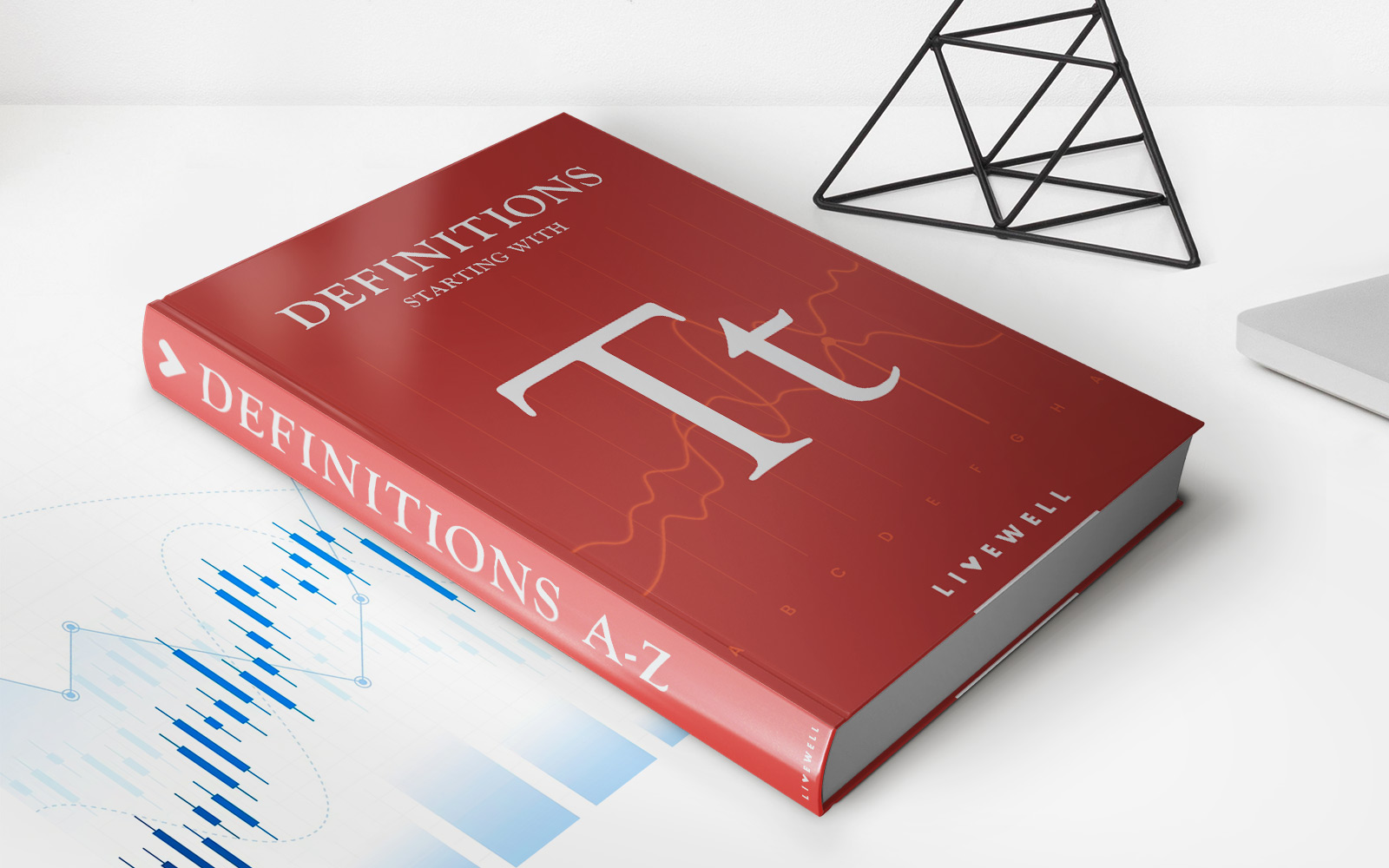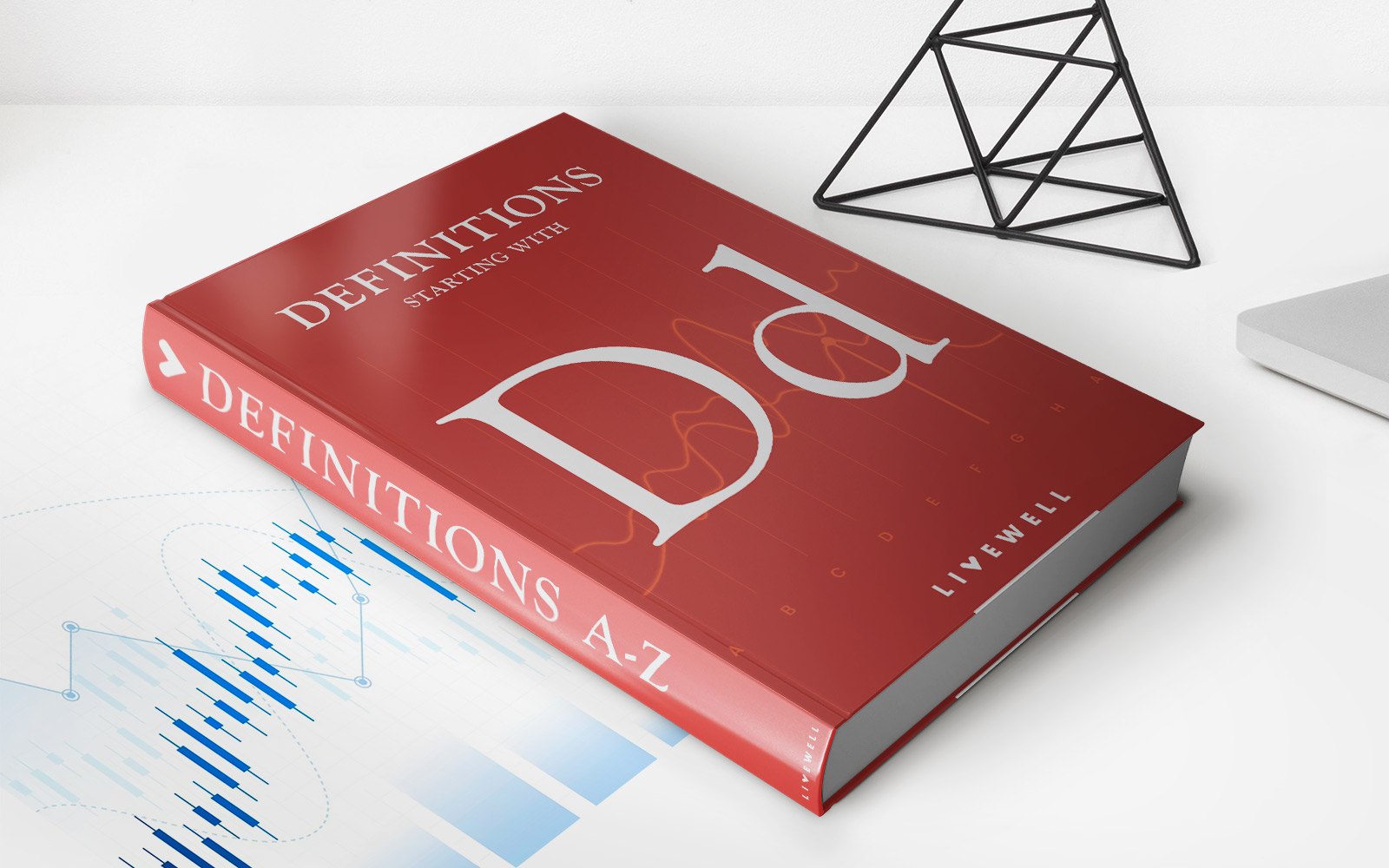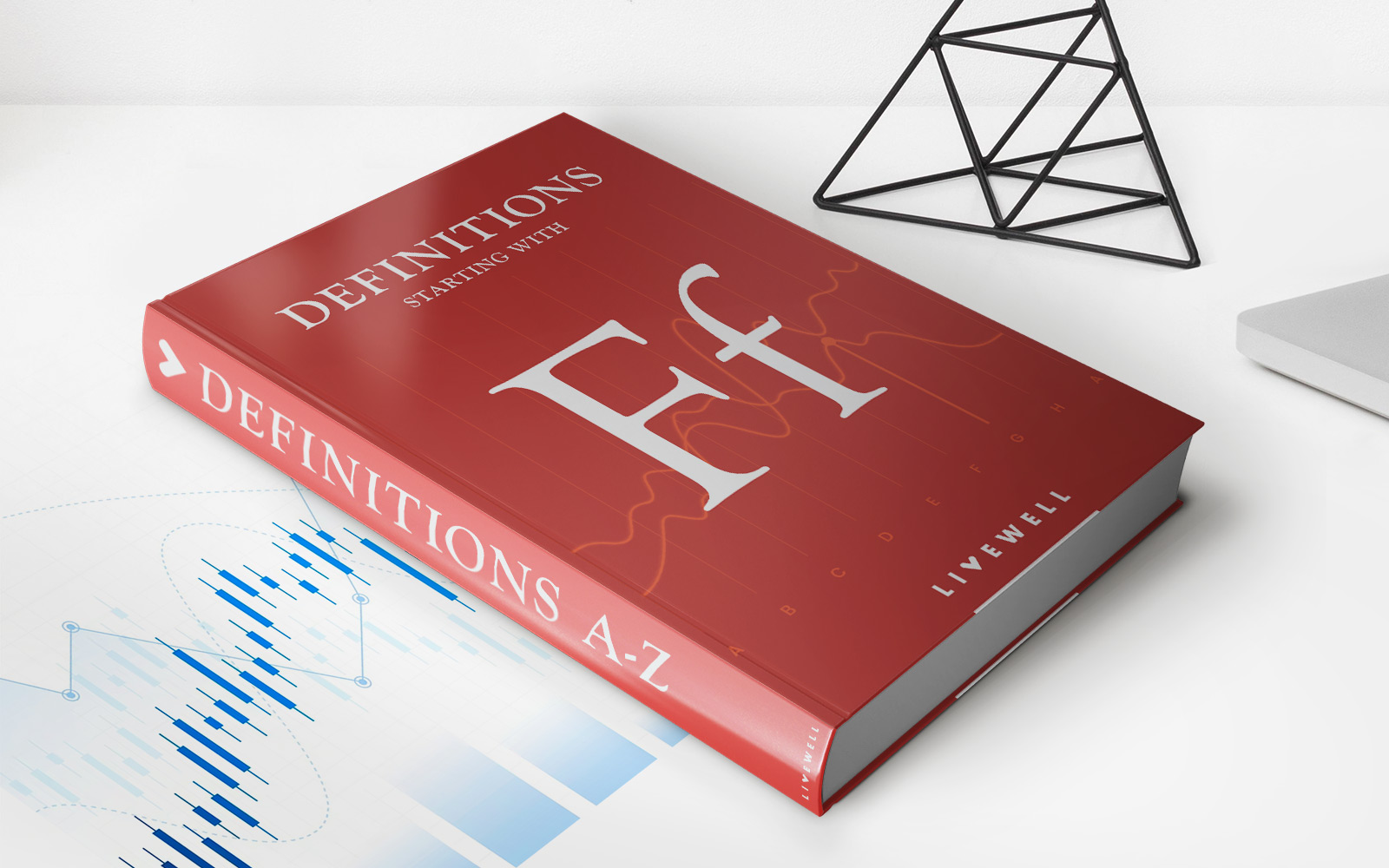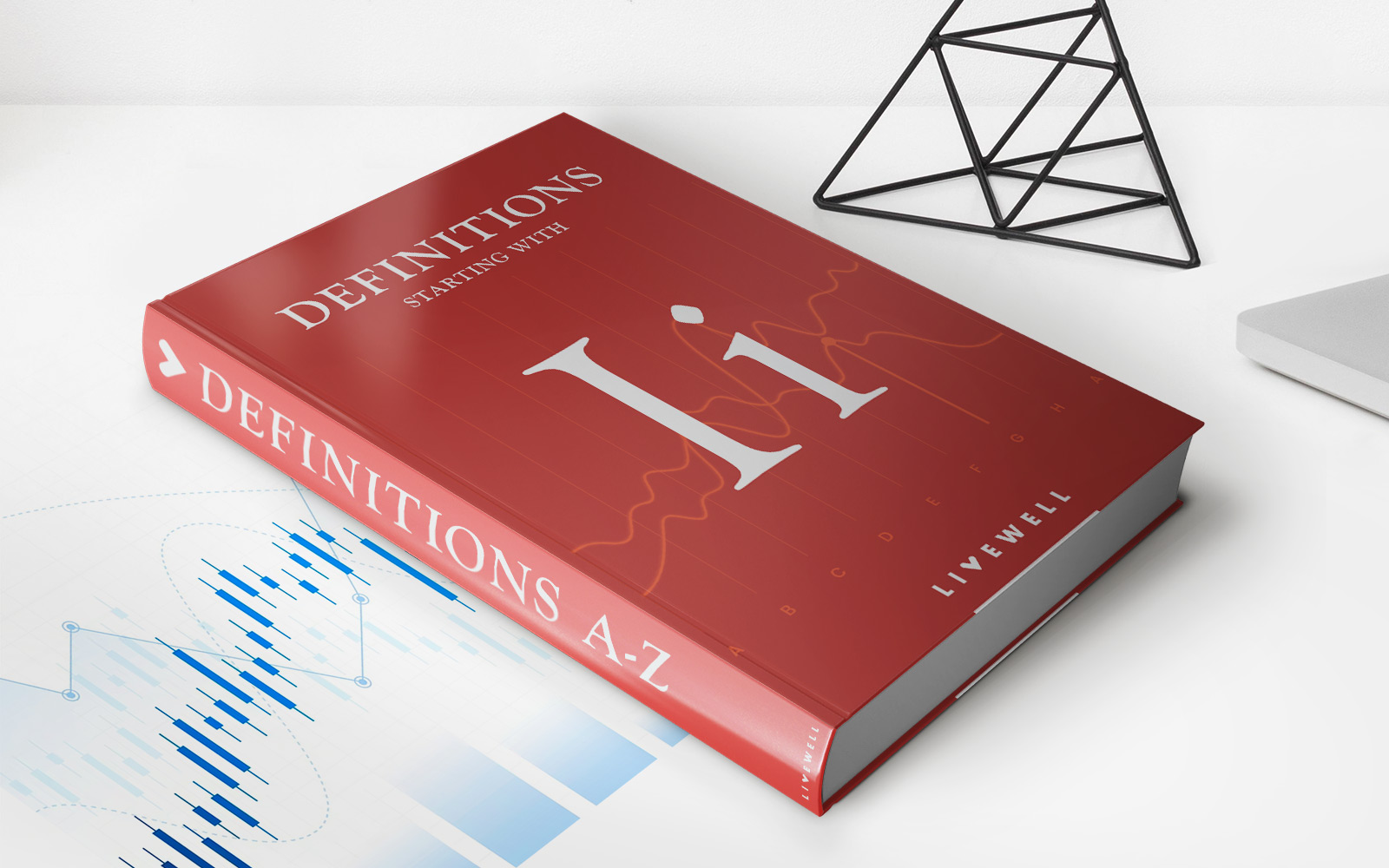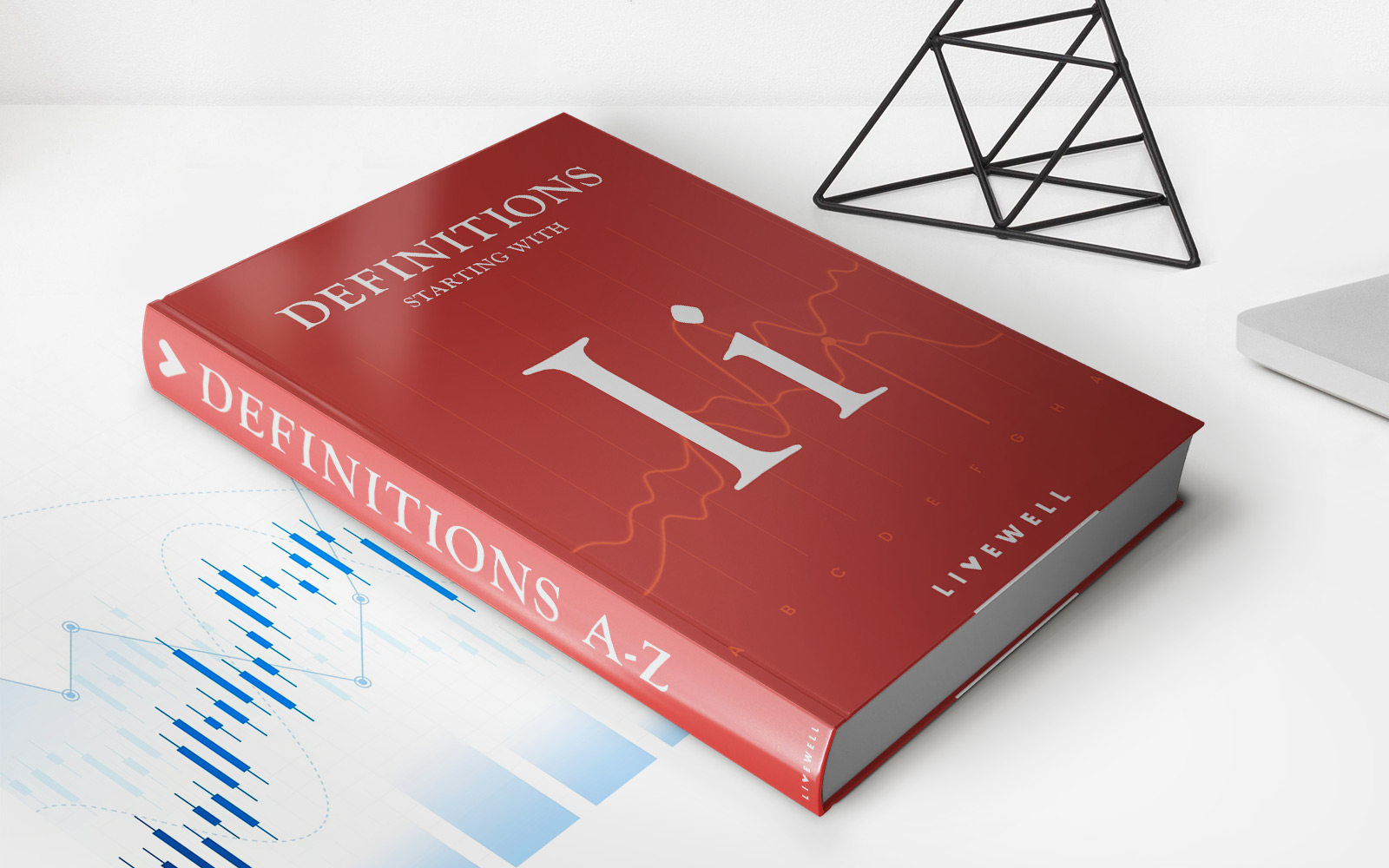Home>Finance>Moving Average Ribbon: Definition, Meaning, Calculation Formula


Finance
Moving Average Ribbon: Definition, Meaning, Calculation Formula
Published: December 27, 2023
Learn the definition, meaning, and calculation formula for the Finance-related Moving Average Ribbon in the world of Finance. Expert insights and tips await!
(Many of the links in this article redirect to a specific reviewed product. Your purchase of these products through affiliate links helps to generate commission for LiveWell, at no extra cost. Learn more)
Mastering the Moving Average Ribbon: Definition, Meaning, Calculation Formula
Welcome to our Finance category where we delve into various financial topics that can empower you to make informed decisions. In this blog post, we will zoom in on the Moving Average Ribbon, a powerful technical analysis tool commonly used by traders to identify trend reversals and gauge overall market sentiment. What is a Moving Average Ribbon? How is it calculated? Let’s find out!
Key Takeaways:
- The Moving Average Ribbon is a technical analysis tool that consists of multiple moving averages plotted on a price chart.
- It helps traders identify trend reversals, confirm price movements, and determine overall market direction.
Imagine having a tool that provides you with valuable insights into the dynamics of a financial market. The Moving Average Ribbon is precisely that tool. It consists of multiple moving averages, each calculated using different time periods, plotted on a price chart. The overlapping moving averages create a visual representation of the market’s momentum and can offer signals to make strategic trading decisions.
So, how does one calculate the Moving Average Ribbon? The calculation formula involves plotting multiple moving averages on the price chart. Typically, traders use a combination of short-term, medium-term, and long-term moving averages. By adjusting the time periods, traders can fine-tune the Moving Average Ribbon to their specific needs and trading style.
The Moving Average Ribbon is a versatile tool that provides traders with valuable insights into market dynamics. Here are a few reasons why it is widely used:
- Trend identification: The Ribbon helps identify trend reversals and confirm price movements by visualizing the interaction between multiple moving averages.
- Market sentiment: By analyzing the slope and alignment of the moving averages, traders can get a sense of overall market sentiment and make informed trading decisions.
- Support and resistance levels: The Moving Average Ribbon can act as support or resistance levels, indicating potential areas where the market could reverse.
- Entry and exit signals: Traders often use the Moving Average Ribbon to generate entry and exit signals, strategically timing their trades based on the interaction between the moving averages.
When using the Moving Average Ribbon, it’s important to consider the following:
- Adding too many moving averages can lead to a cluttered chart, making it difficult to interpret the signals.
- Traders should complement the Moving Average Ribbon with other technical analysis tools to validate signals and increase their probability of success.
- As with any indicator, the Moving Average Ribbon is not foolproof and should be used in conjunction with proper risk management strategies.
In conclusion, the Moving Average Ribbon is a powerful tool that can provide valuable insights for traders looking to gauge market sentiment, identify trend reversals, and time their trades strategically. By leveraging the overlapping moving averages, traders can gain a holistic view of market dynamics, increasing their chances of success. However, it’s important to remember that no single indicator guarantees profits, and diligent risk management is crucial in any trading strategy.
Stay tuned for more informative blog posts in our Finance category. Remember, knowledge is power when it comes to making financial decisions!
